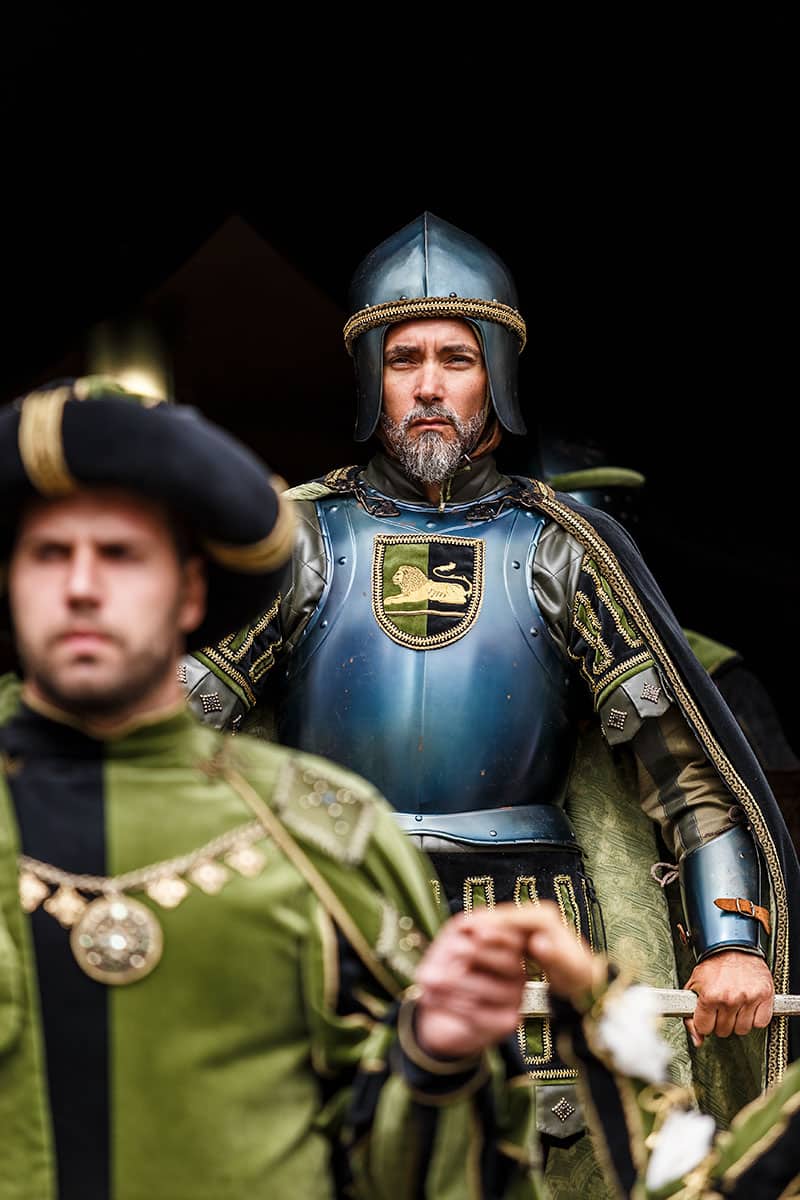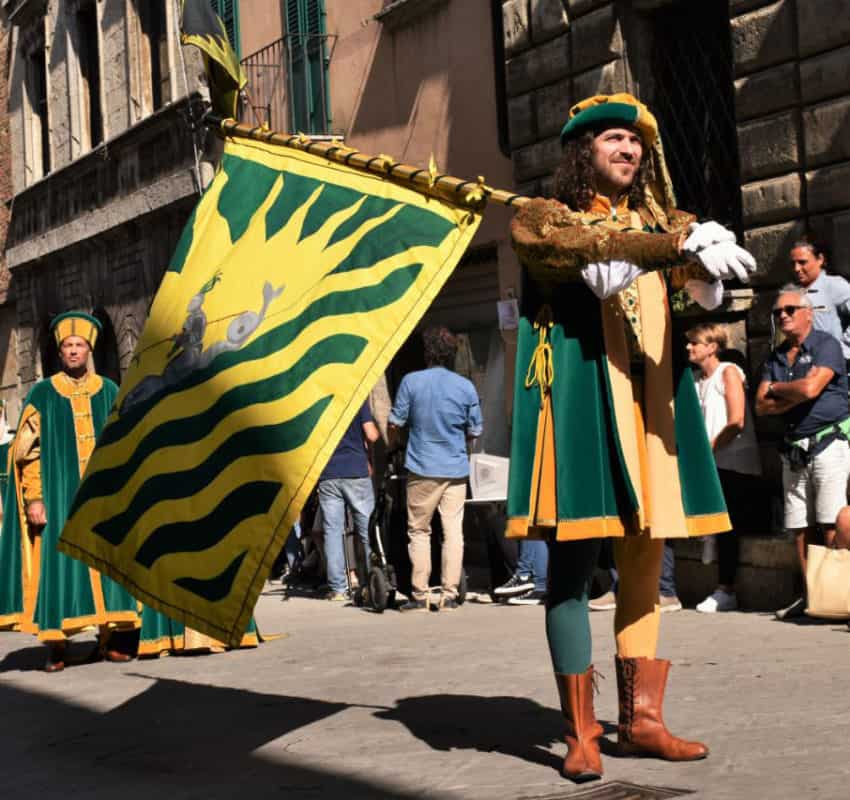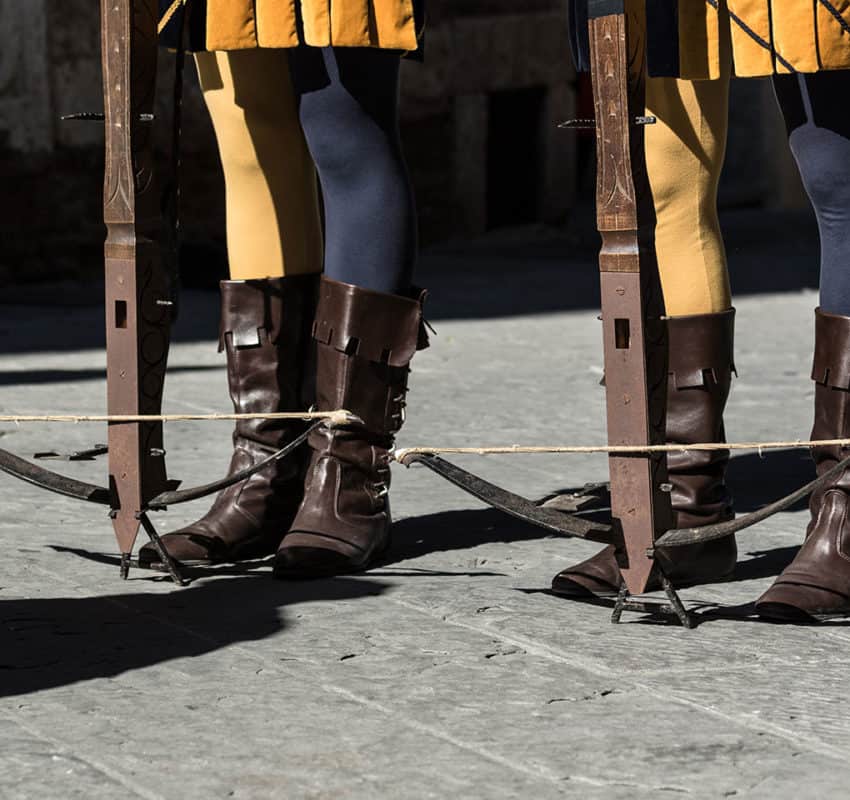
Some of the exquisite artistic and architectural beauties of Montepulciano are part of the incredibly rich heritage of this district.
Gracciano’s territory starts from the magnificent “Porta al Prato”, formerly known as “Porta di Gracciano”, restored by the legendary architect Antonio da Sangallo the elder. Sangallo, famous for building the bastions of the Medici Fortress in Florence, also built “Palazzo Boddi”, the “Colonna del Marzocco” – which replaced the typical Siena’s wolf in 1511. “Palazzo Avignonesi”, whose main entrance is decorated with two lions’ heads, is instead attributed to Vignola, whereas “Palazzo Tarugi Bernabei” seems to be another of Sangallo’s works. It is also believed that Antonio da Sangallo may be responsible for the building of “Palazzo Cocconi Del Pecora” as well.
Wondering around the district we also find “Palazzo Bucelli”, which deserves particular attention as the base of its facade is adorned by Etruscan urns and travertine slabs with Roman and Etruscan inscriptions. These ancient findings were collected by Pietro Bucelli, a man of culture of the eighteenth century. According to some, the most photographed public clock in Tuscany is that of “Pulcinella”, which stands out among the battlements of the sixteenth-century tower in “Piazza Michelozzo”. On the other side of the street we finally find the church of Sant’Agostino, internally renovated during the eighteenth century and enriched by a lunette by the Florentine sculptor Michelozzo.
The district of Gracciano has won 7 editions of Bravìo delle Botti: 1974, 1981, 1997, 1999, 2000, 2010 and 2011.




